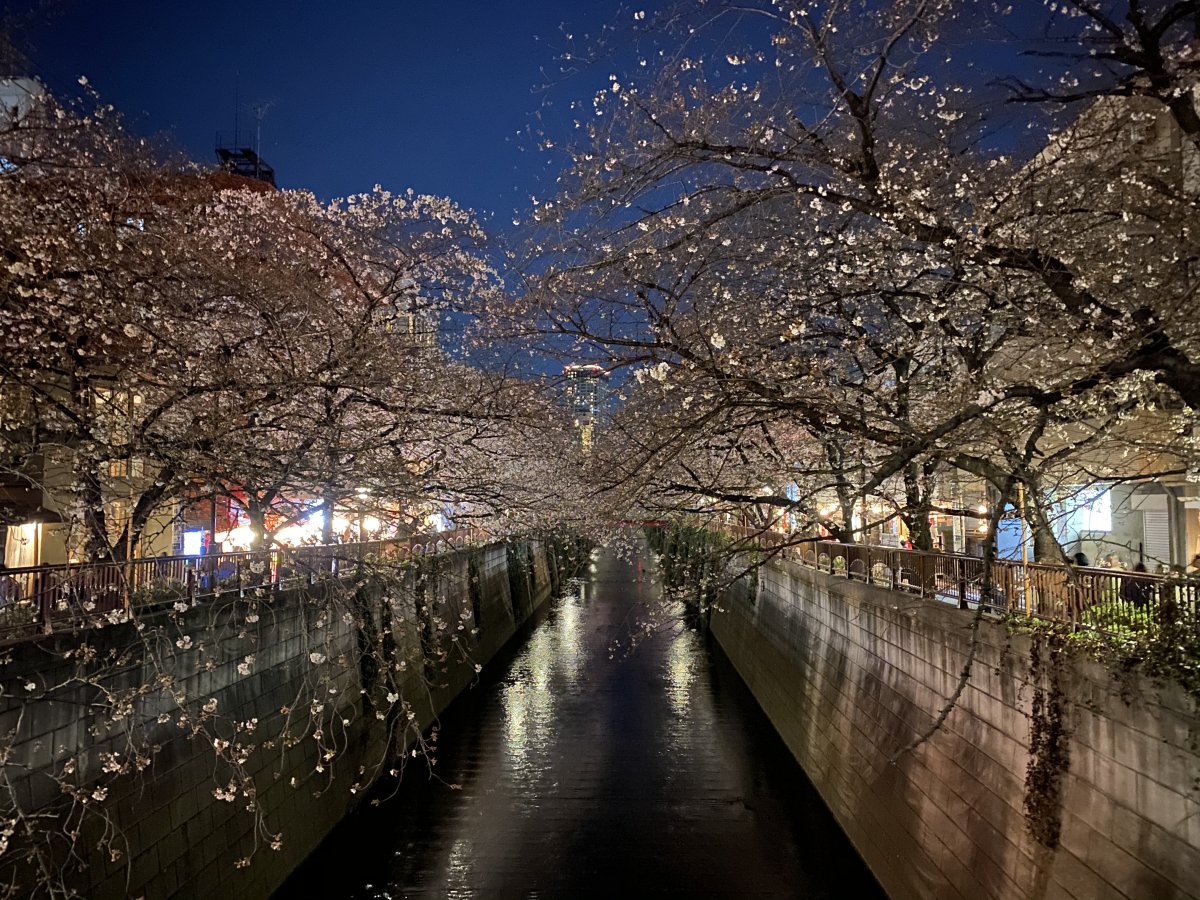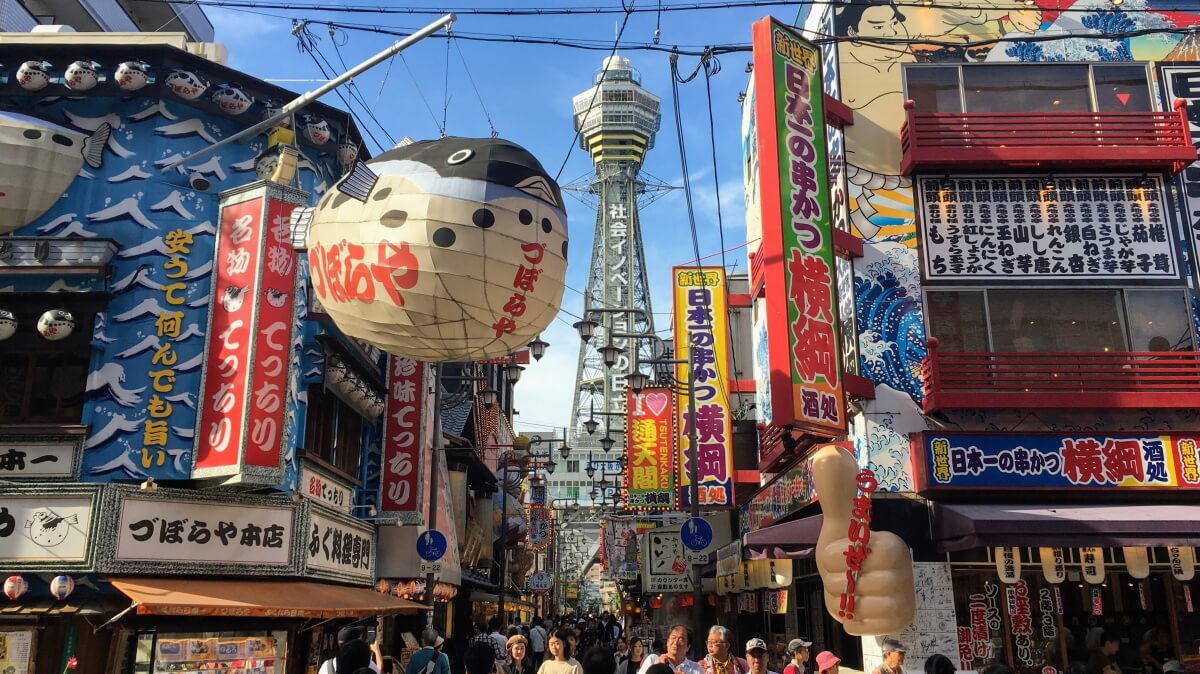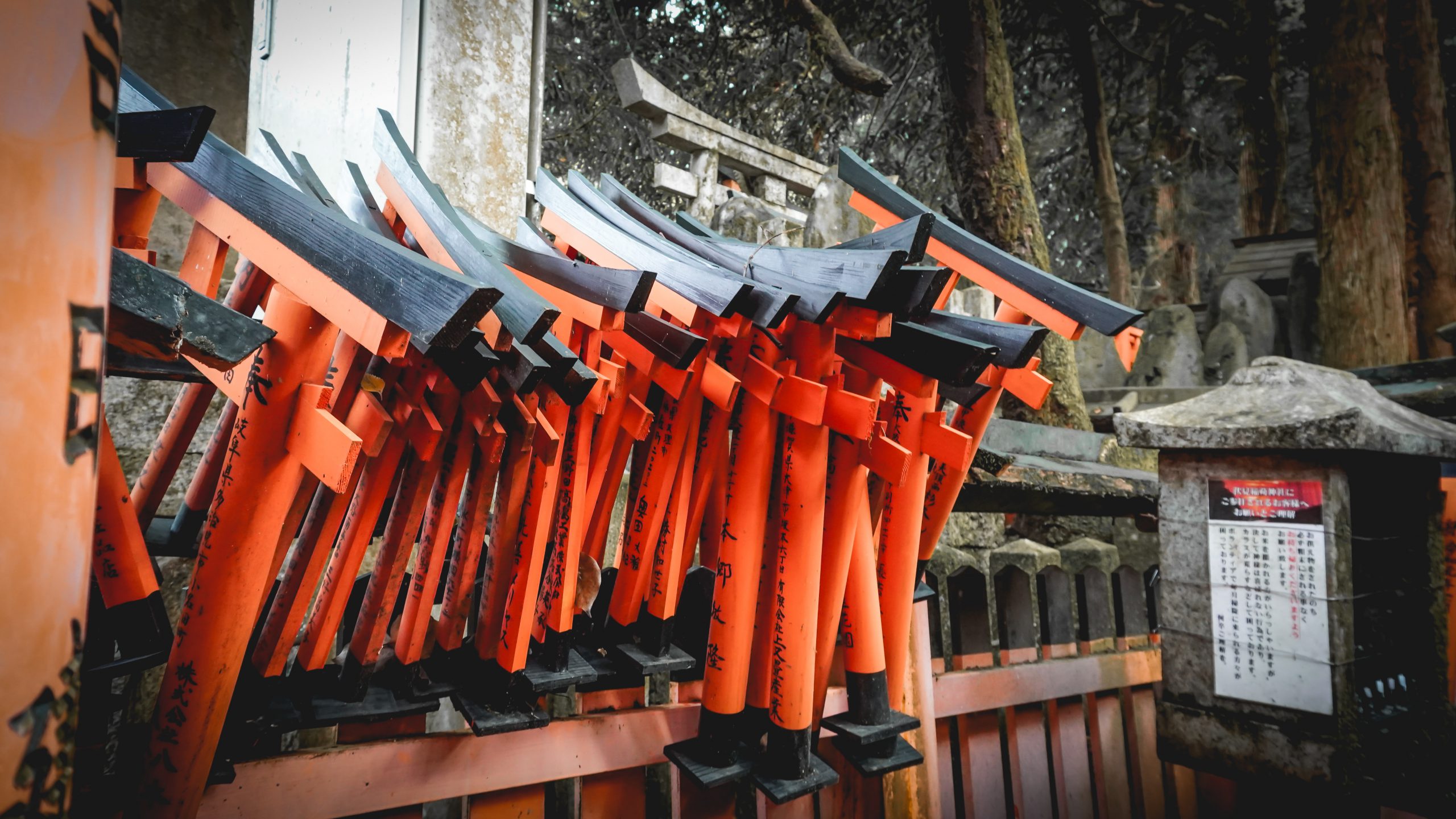Just 15 minutes south of the famous and hectic Shibuya scramble crossing, you can find yourself in the stylish, hip neighbourhoods of Daikanyama, Nakameguro and Ebisu. These three together form a hip triangle that is popular among both the Japanese as well as the international visitors. The charming, laid-back atmosphere in this area in combination with a large number of art galleries, local designer shops, coffee roasters, cute cafe’s and restaurants, make this a very popular go to place. Here are our top places to visit in the area.
What to do in Ebisu – 恵比寿
Ebisu is the name of one of the Seven Lucky Gods, Ebisu-sama, the god related to luck, wealth and prosperity in business. With his great smile, the friendly looking, easy recognisable man easy seem to be very fitting to the relaxed vibe of Ebisu. When you walk around the area you can spot him at several places, one of the most obvious to spot is in front of the train station (west exit).
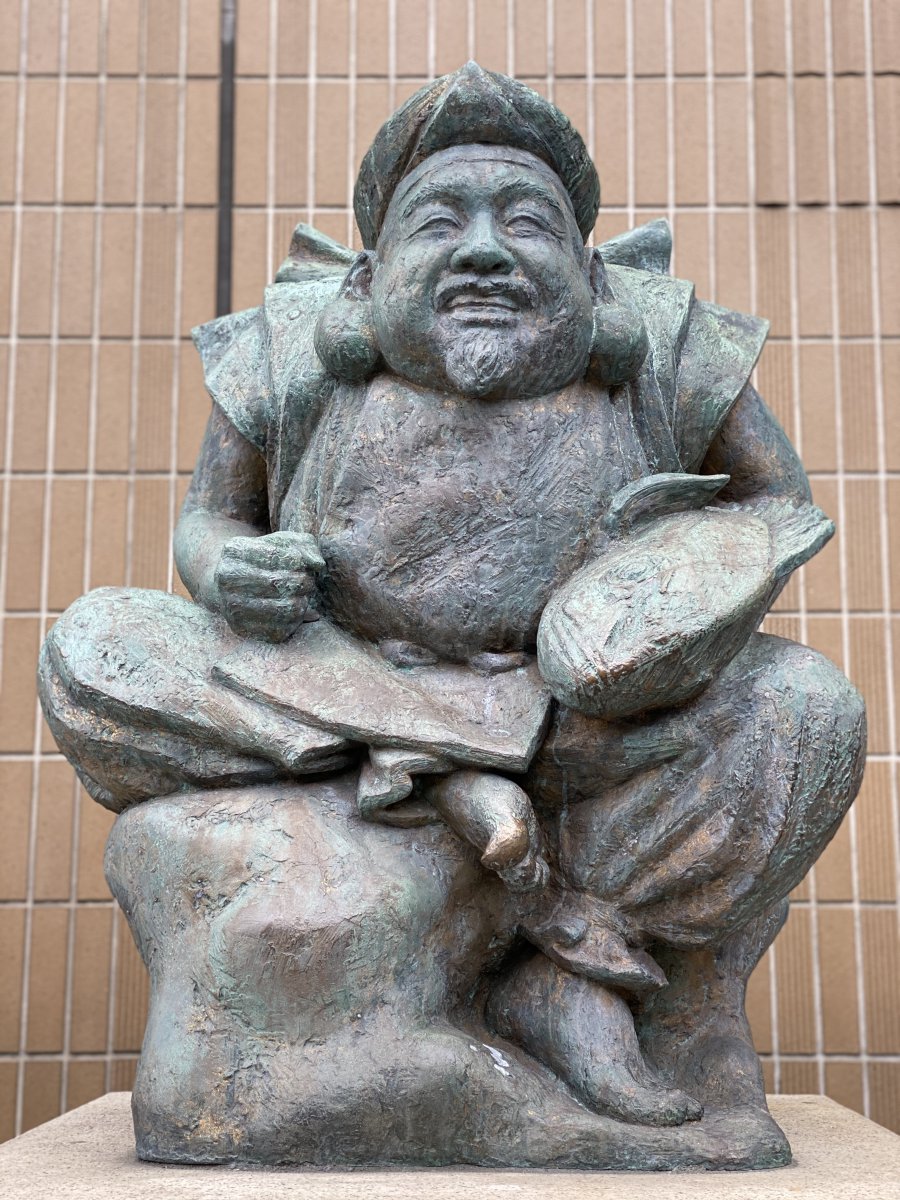
The Ebisu district is mostly known for the large number of small, cozy restaurants and (standing) bars, also known as tachinomiya. Many people go here in the evening for a quick bite or a fun night out. Back in the days, until 1906, Ebisu station was a freight-only railway station, used for transporting… beer! Ebisu is home to the former site of the beer brewery of Yebisu Beer and many think the beer was named after area. However, it was the beer that has given Ebisu its name! Here are our recommendation in Ebisu!
Yebisu Garden Place
Just north of Ebisu station, you can find Yebisu Garden Place, built on the former grounds of the beer brewery. When entering, you’ll feel as if you’re in a different city or continent. With its’ wide plaza, cobblestones, gardens and castle, the architecture feels similar to a European city. The city within the city is home to some restaurants, shops and the museum of the Yebisu Beer. In december, the place is known for its (small-scale) Christmas market and decorations.
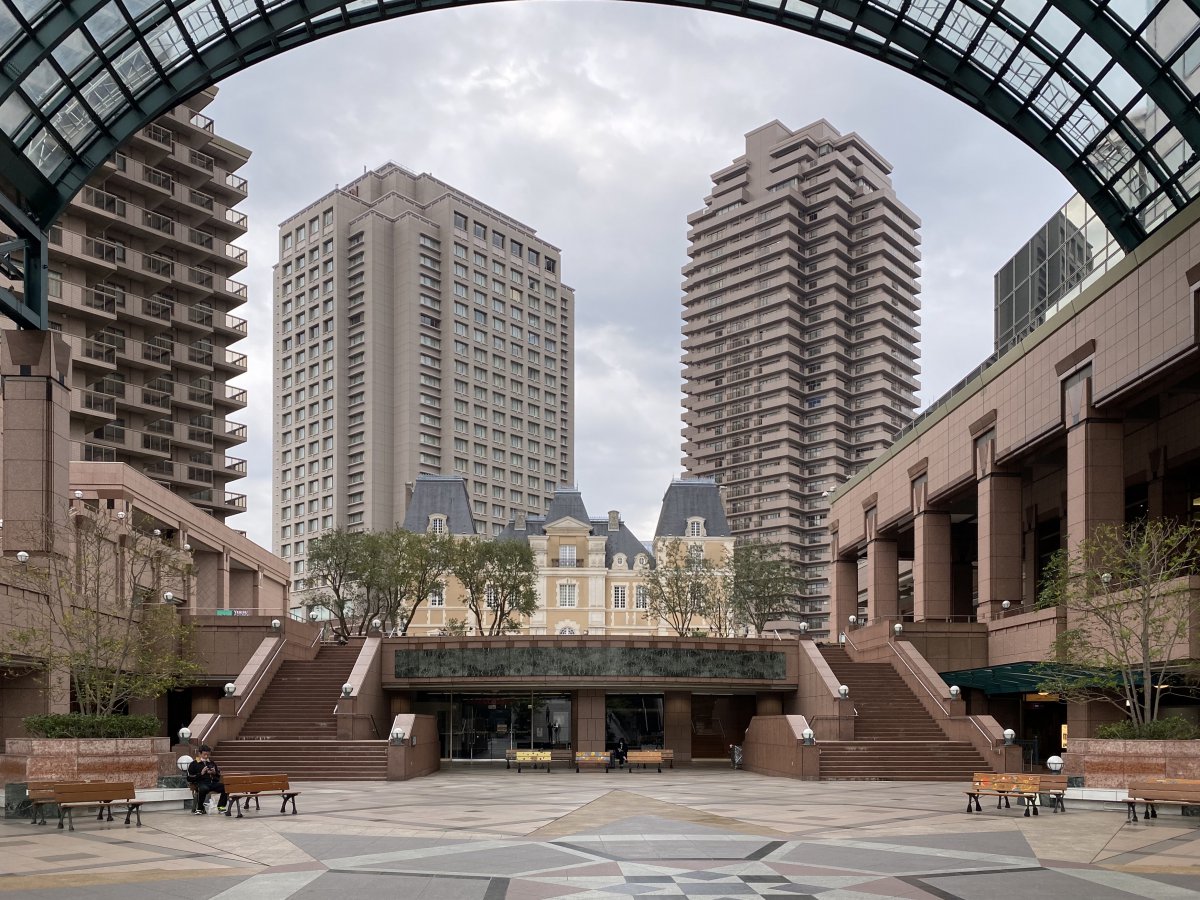
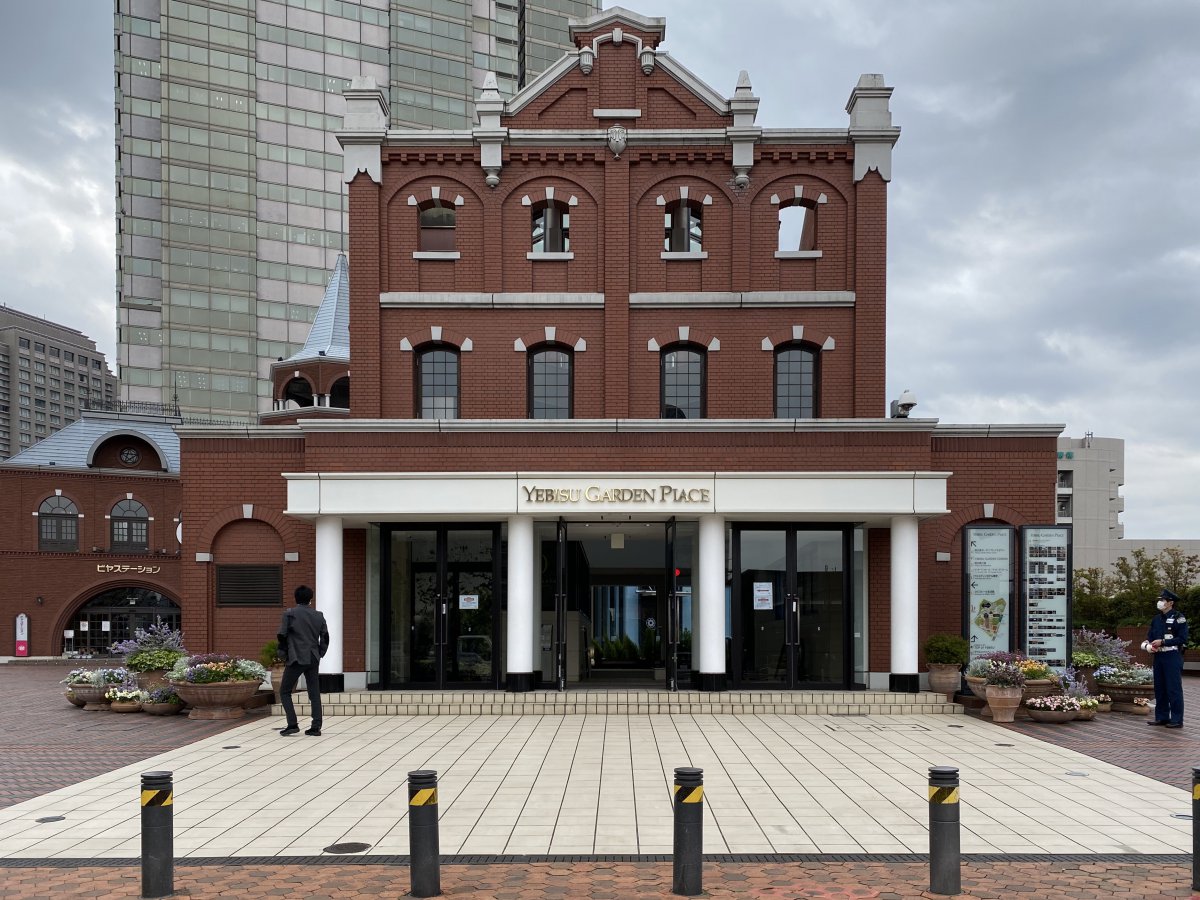
Museum of Yebisu Beer
The Yebisu beer brand is still very popular these days and had been brewed in Ebisu since 1890. The factory itself has been long gone, but you can still visit the museum. After learning all about the long history of Yebisu you can enjoy a nice beer, included in the tour! Right next to the entrance you’ll see a large statue of the founder
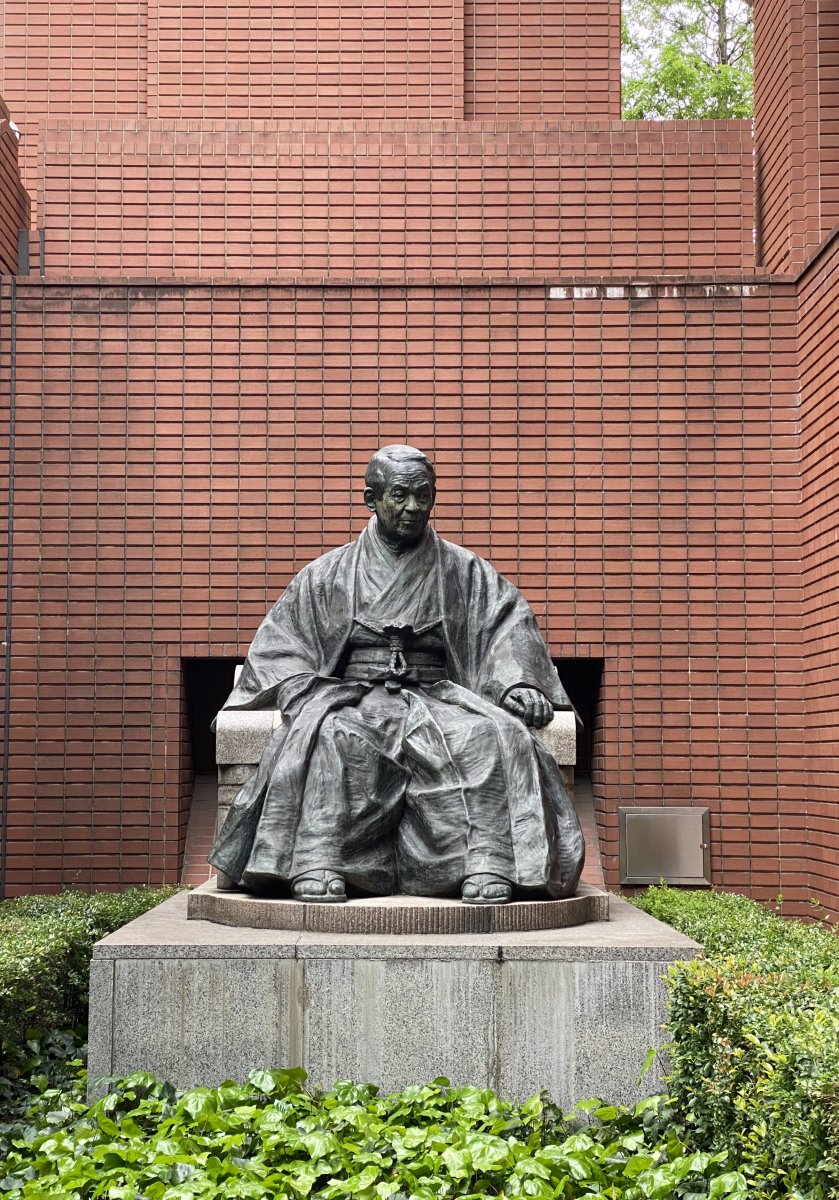
11am – 7pm (closed on Monday)
Free admission (tours ¥500, including two beers)
Tokyo Photographic Museum
The Tokyo Photographic Museum is also located in Yebisu Garden Palace. This fine arts museum is a hidden gem for photographers and photo lovers. It also hosts anime and video games exhibitions too. The museum has a vast collection of art with work of (inter)national photographers on display.
10am – 6pm
Admission varies per exhibition
Ebisu Yokocho food alley
You can enjoy the Japanese food and drinking culture to its fullest in this little alley. Tucked away between the buildings, this small street has about 20 izakaya, all offering delicious Japanese snacks like yakitori and teppenyaki. And when you feel like taking a next step into the Japanese culture, you can sing your favourite songs at the karaoke!
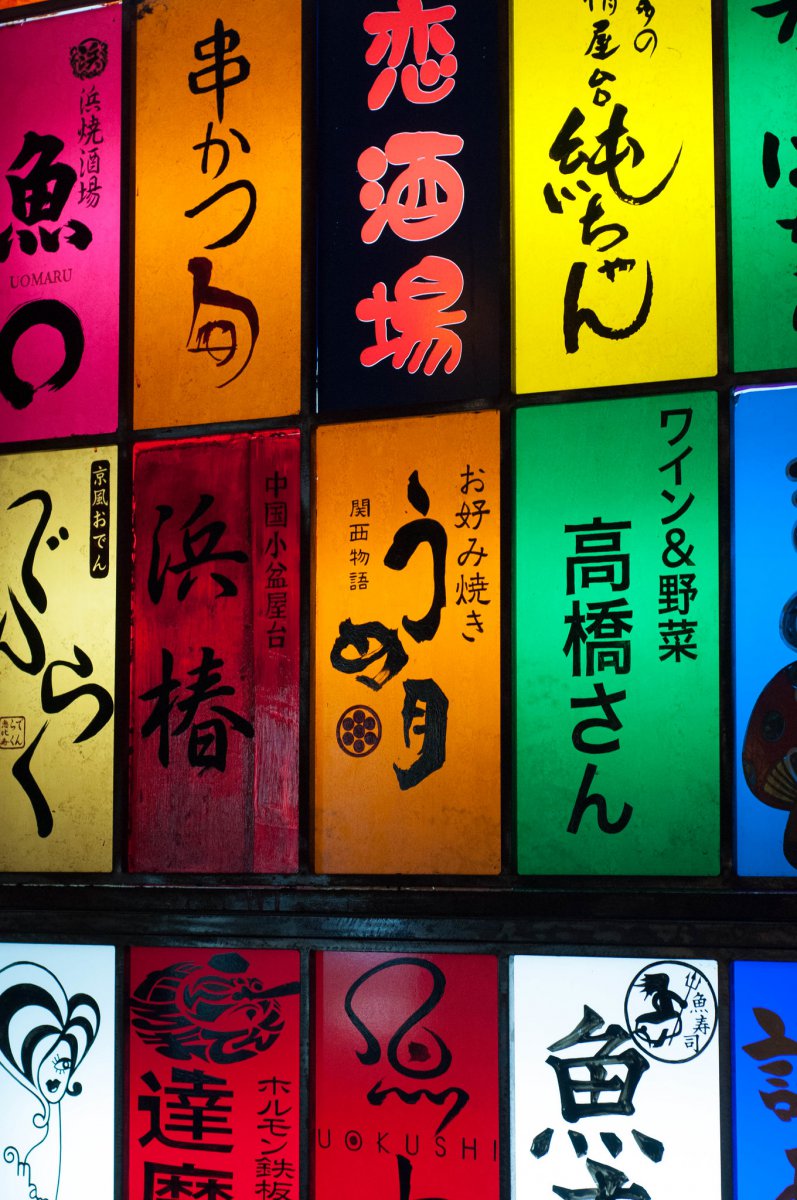
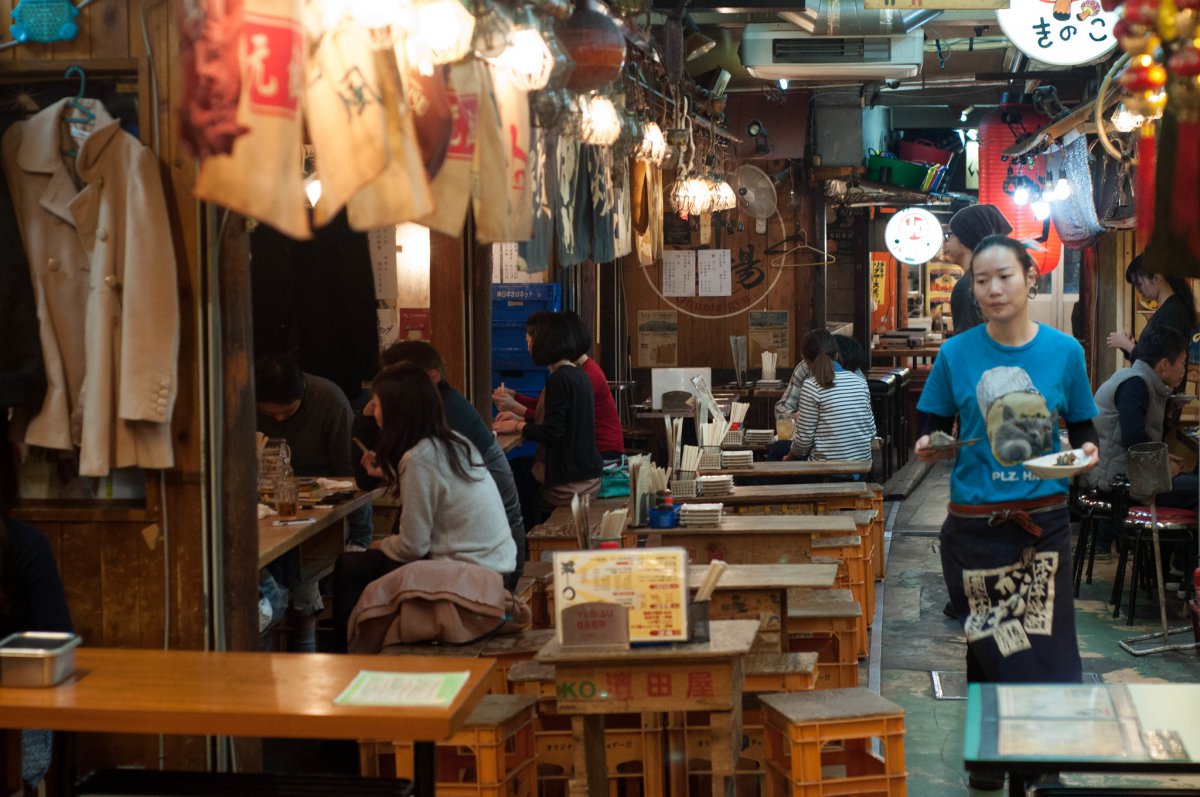
What to do in Nakameguro – 中目黒
Nakameguro is a popular residential area, that is known for being one of the most popular sakura viewing spots. Nakameguro translates literally as the inside of Meguro. In the area you’ll find many hipster boutiques wearing a double hat: selling designer clothes and (hand drip) coffee. Stroll along the Meguro river that, discover backstreets, city parks, tiny hidden cafe’s and much more. Here are our top picks:
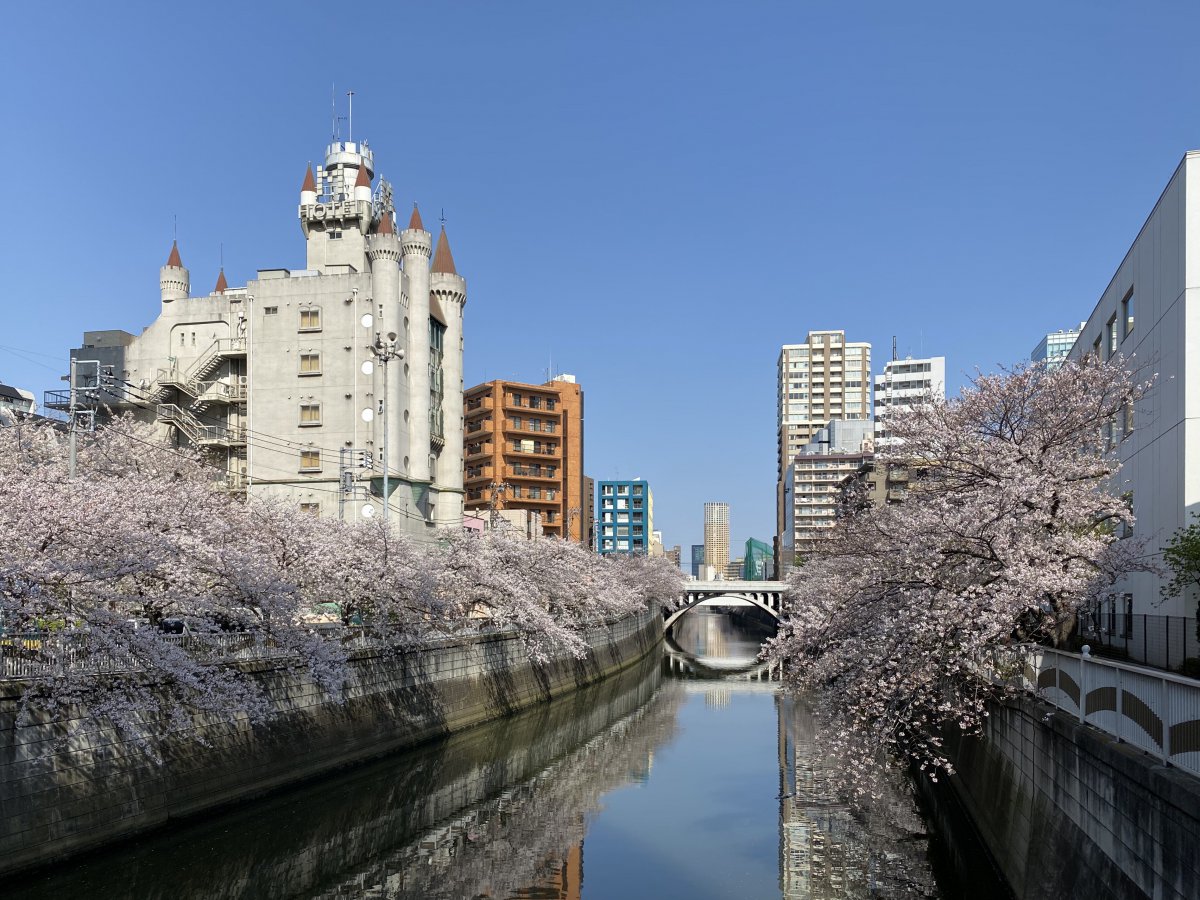
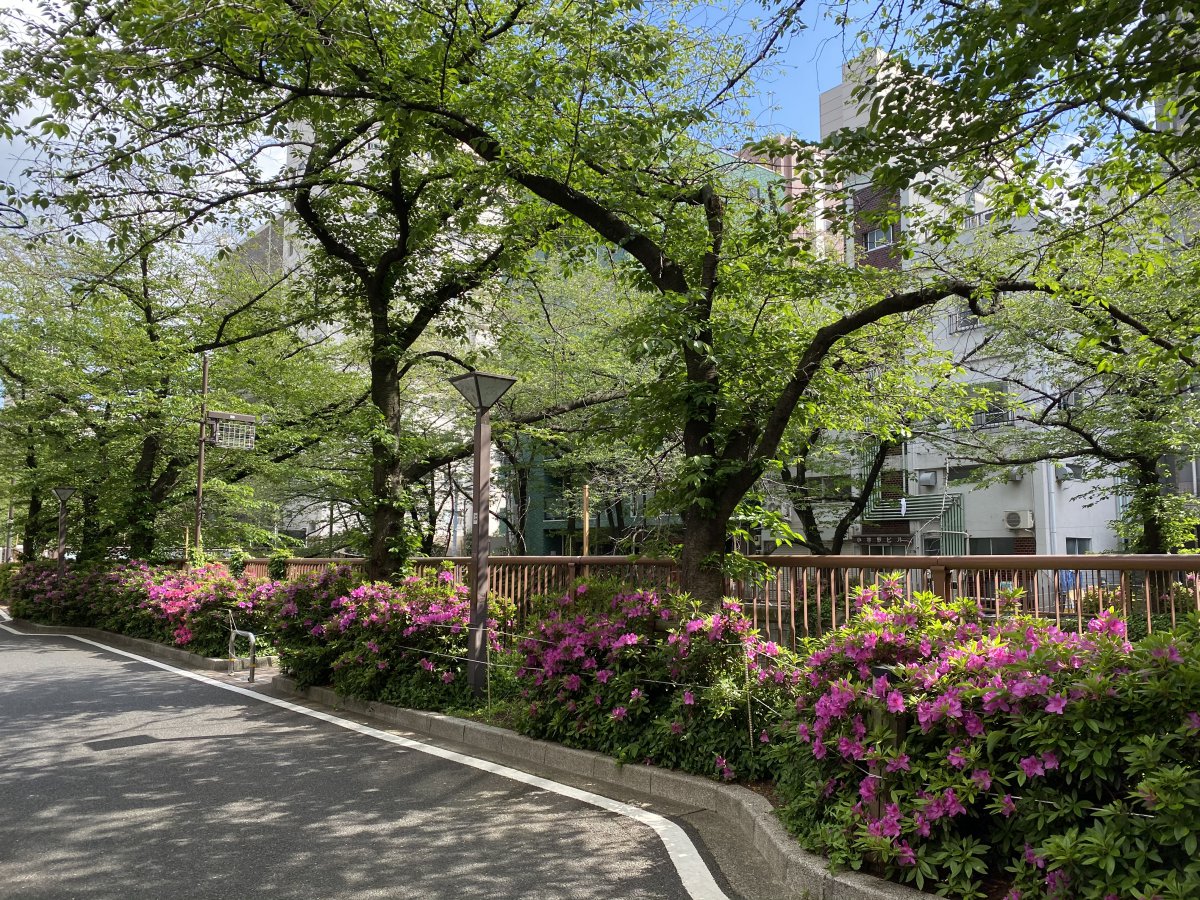
Meguro river
The Meguro river is one of the most popular sakura viewing spots in all of Tokyo. Every year, thousands of people come to river that is lined with hundreds of cherry blossom trees along both sides. The trees are beautifully illuminated at night and the many eateries, bars and shop have stall set up outside selling drinks, all to celebrate the arrival of Spring. But taking a stroll along the photogenic landscape of the Meguro river is great all year round really!
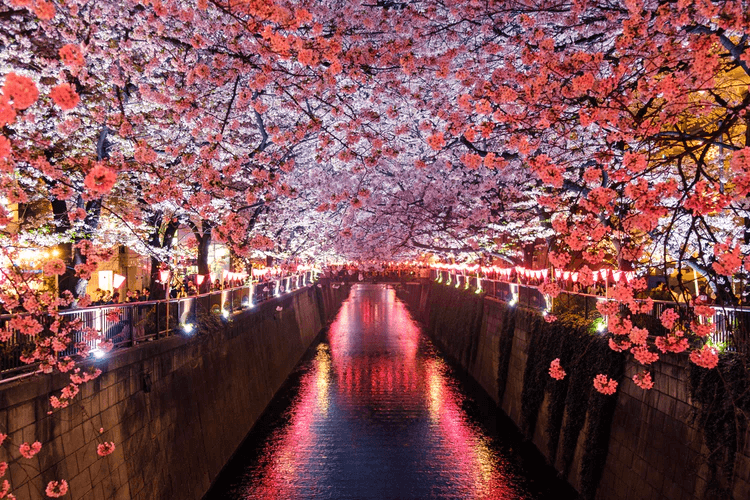
Starbucks Roastery
This fifth and biggest Starbucks Roastery worldwide was opened in Tokyo, in Nakameguro along the Meguro river, in February 2019. The complex comprises about 200 sqm spread out over four floors and its exterior was designed by the world-renowned contemporary architects, Kengo Kuma. The interior was created by the Starbucks community design team to match Kuma’s modern Japanese style. Next to coffee, there is also tea, Italian snacks and… alcohol on the menu! On the third floor you can find the Arriviamo Cocktail Bar. Obviously, all the cocktails are infused with coffee or tea. Don’t forget to try espresso martini!
Meguro Skygarden
A bit further out towards the west, but still along the Meguro river, you can find this hidden gem: a 7,000-square-meter rooftop garden with great views over Tokyo and even Mt. Fuji when the weather is good in the right conditions! It was built in 2013 on top of a tollway junction, this is a unique piece of nature located at 35m height. Get your coffee or bento box on the way and enjoy it.
7am-7pm (5pm in winter)
Free admission
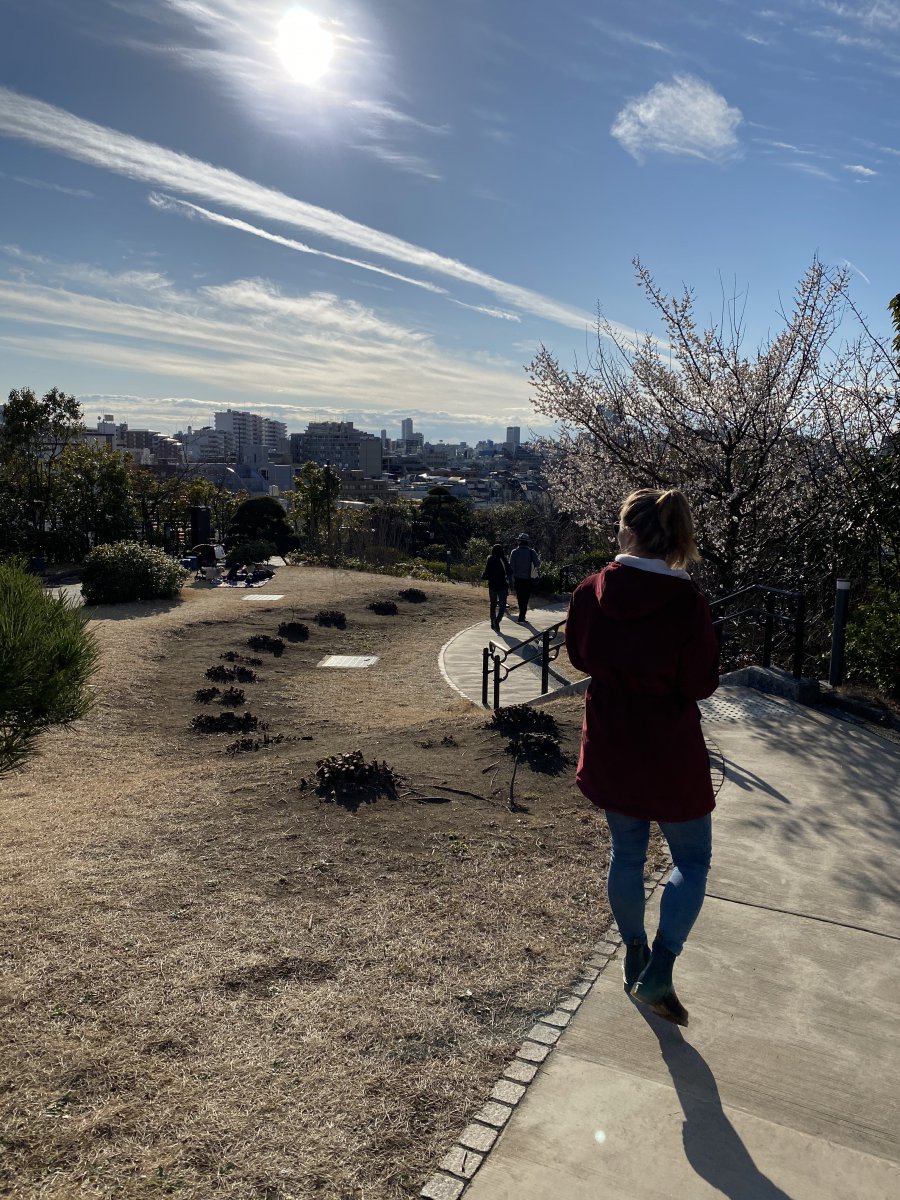
Museums in Nakameguro
The district of Nakameguro is home to a number of museums and art galleries. Some focussed on art, some on geeky stuff. The museum below are worth a visit when you have some time to spare!
Sato Sakura Museum Tokyo
This contemporary art museum offers visitors who visit Japan outside of the Sakura season the option to view famous sakura spots from across Japan.
10am – 6pm
¥500
Meguro History museum
Learn all about the districts history in an easy to understand manner. Even when you don’t speak any Japanese, you can use your smartphone and scan the QR codes to acces English information.
9.30am – 5pm (closed on Monday)
Free admission
Museum of Contemporary Sculpture
This contemporary museum has work from 56 Japanese artists on display on 2 indoor floors and 4 spacious outdoor areas, including a little garden.
10am – 5pm (closed on Monday)
¥500
River Museum of Meguro
In this museum you can learn more about the history of this prime cherry blossom viewing spots, including a previous water wheel to process rice, and kimono dyeing in the river, water management.
9.30am – 5pm (closed on Monday)
Free admission
What to do in Daikanyama – 代官山
Daikanyama is a small stylish, Brooklyn like district, home to many brewpubs, designer stores, coffee roasters, hip eateries and much more. The area is wonderful for a few hours of calm exploration, a welcoming change of scenery after discovering the craziness of Shibuya, it’s next door neighbour. Daikanyama is one of the most fashionable places in Tokyo, with a shopping scene which is focused on designer fashion and luxury accessories, with stores that are galleries and cocktail bars at the same time.
Asakura Residence
Another hidden treasure located between Daikanyama and Nakameguro is the Asakura Residence. This haven of calm was once the private residence of a wealthy rice merchant and the Chairman of the Tokyo prefectural government. He had built this place to impress his visitors and associates. The mansion is one of the view buildings dating to Taisho Era (1912 – 1926) left to be seen today, having survived the Great Kanto earthquake of 1923. The house has a large, mossy Japanese style garden that is absolutely beautiful in autumn.
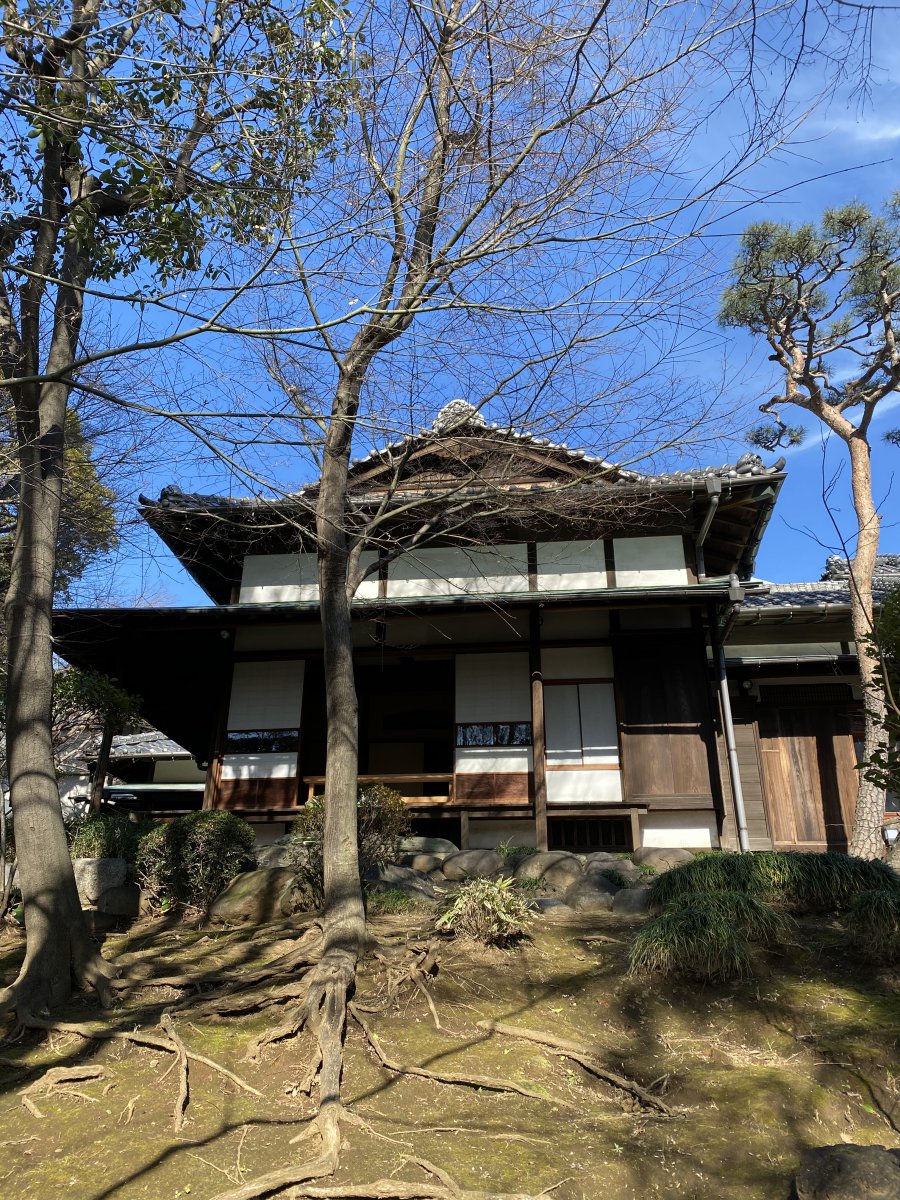
10am – 6pm (Mar. – Oct.)
10am – 4.30pm (Nov. – Feb.)
Admission ¥100
T-site
One of the spots that makes Daikanyama so popular and trendy is Daikanyama T-Site, T-site is short for Tsutaya. In this popular complex you can find some restaurants, upscale shops, an art gallery and (many) books at Tsutaya’s flagship store. This photogenic setting is a must-visit for book lovers, travellers and photographers!
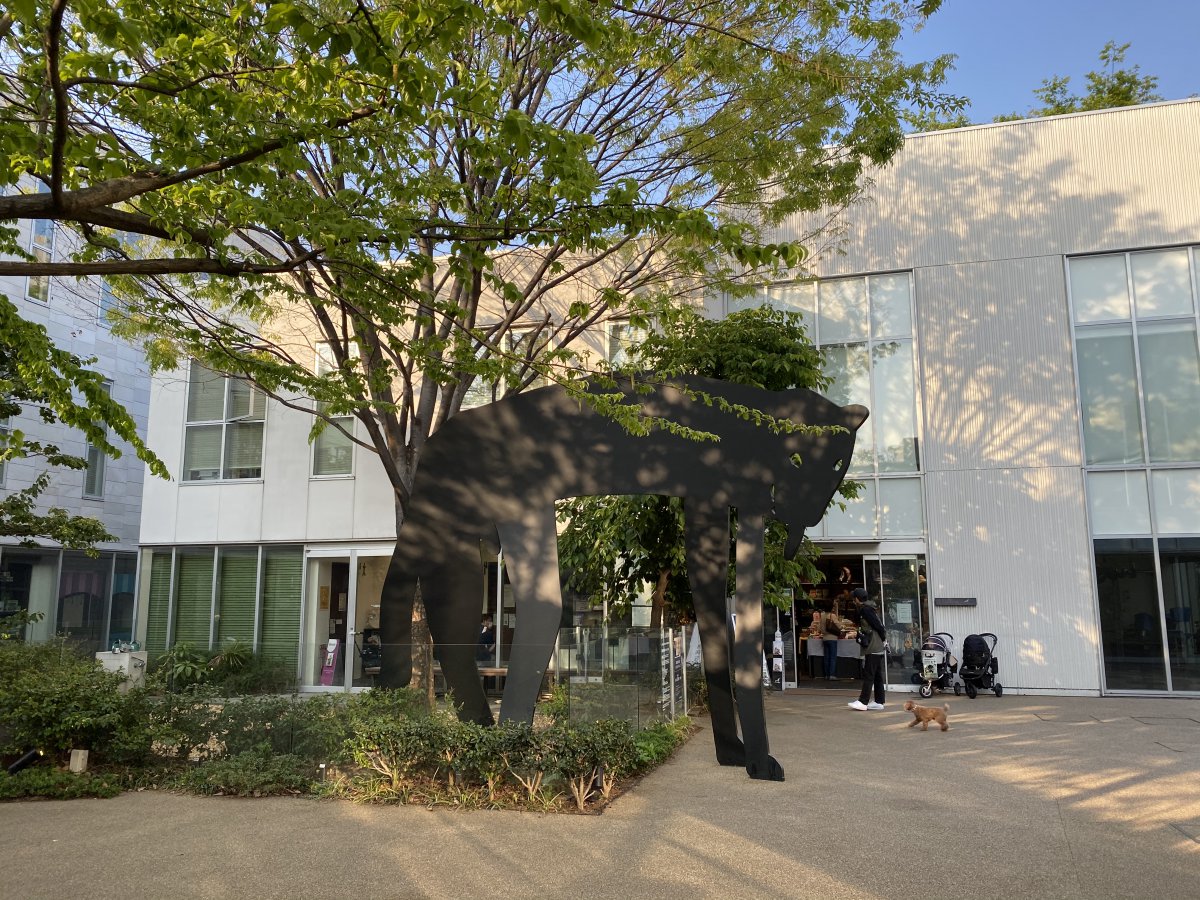
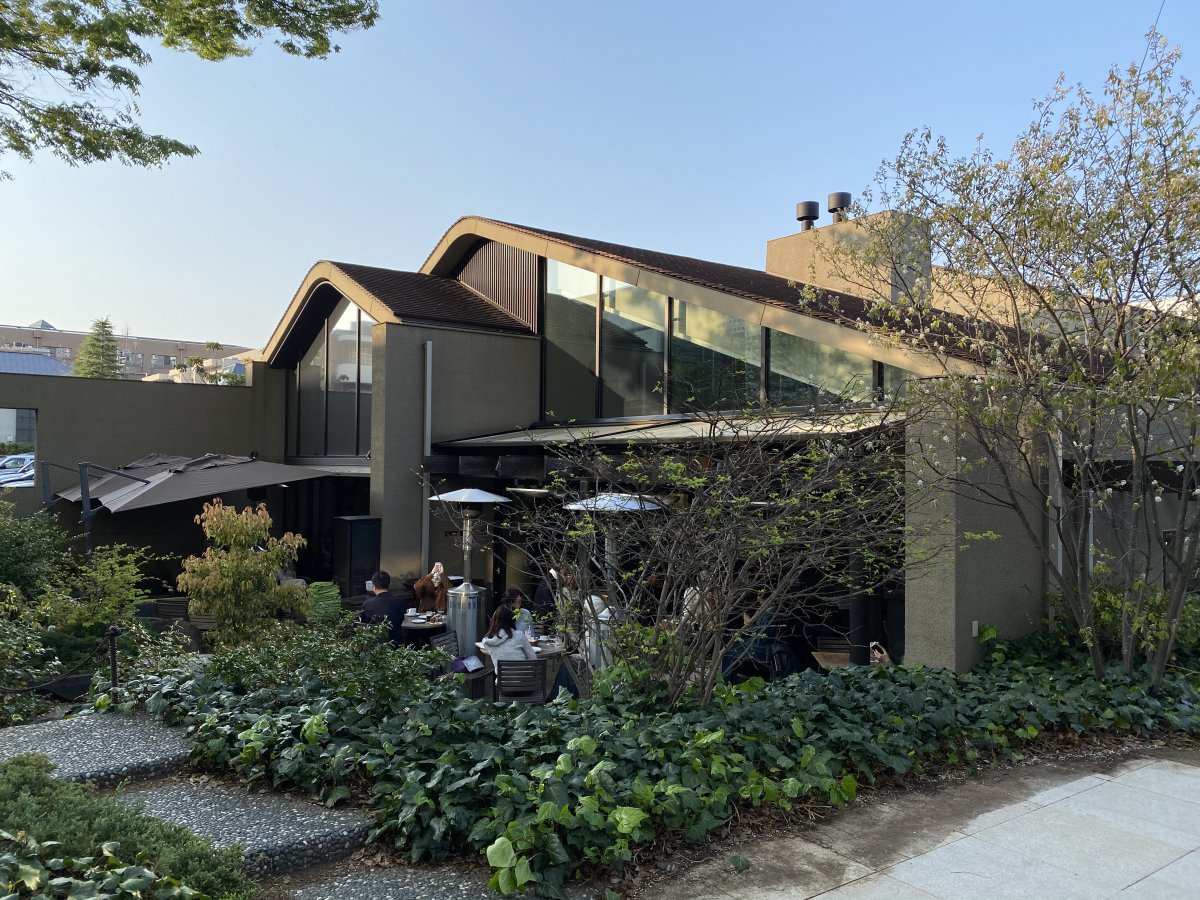
Log Road
Log road is shopping strip constructed on the former rails of the Tokyu-Toyoko line. When the new underground tracks were finished, this area was redesigned into a commercial facility. Take a break from discovering the cute streets of the area and enjoy a craft beer or a matcha latte sitting outside on a terrace.
Shibuya Bridge
Slightly further north from Log Road, also built on the former pathway of the Tokyo Line, Shibuya Bridge connects Daikanyama and Shibuya. The complex consists of some houses, offices, a hotel, stores and some eateries. When you make your way from Shibuya of Daikanyama on foot, this is definitely a great passage. Stop on the way for some coffee and enjoy the station-like look architecture of the complex.
Saigōyama park & Sugekari park
Next to the Nakameguro river you wil find Sugekari Park and the neighbouring Saigōyama park, connecting Nakameguro and Daikanyama with each other. Saigōyama park was named after Saigō Tsugumichi, the younger brother of Saigo Takamori, also known as the last samurai. The small park is another popular place for cherry blossom viewing, on a given sunny day in spring you can see the (many) Tokyoites relaxing here. In wintertime, when the greenery doesn’t block the view, you can even spot Mount Fuji in the right conditions!
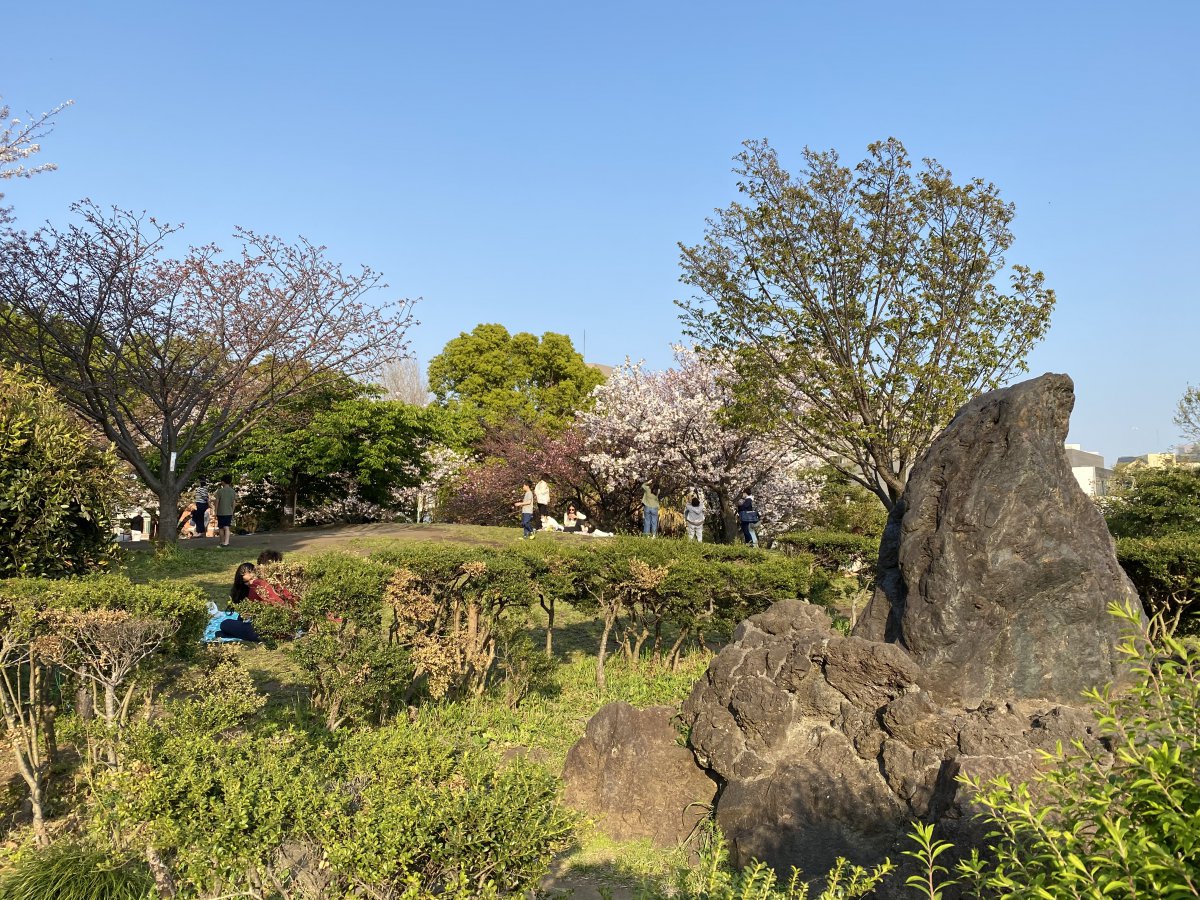
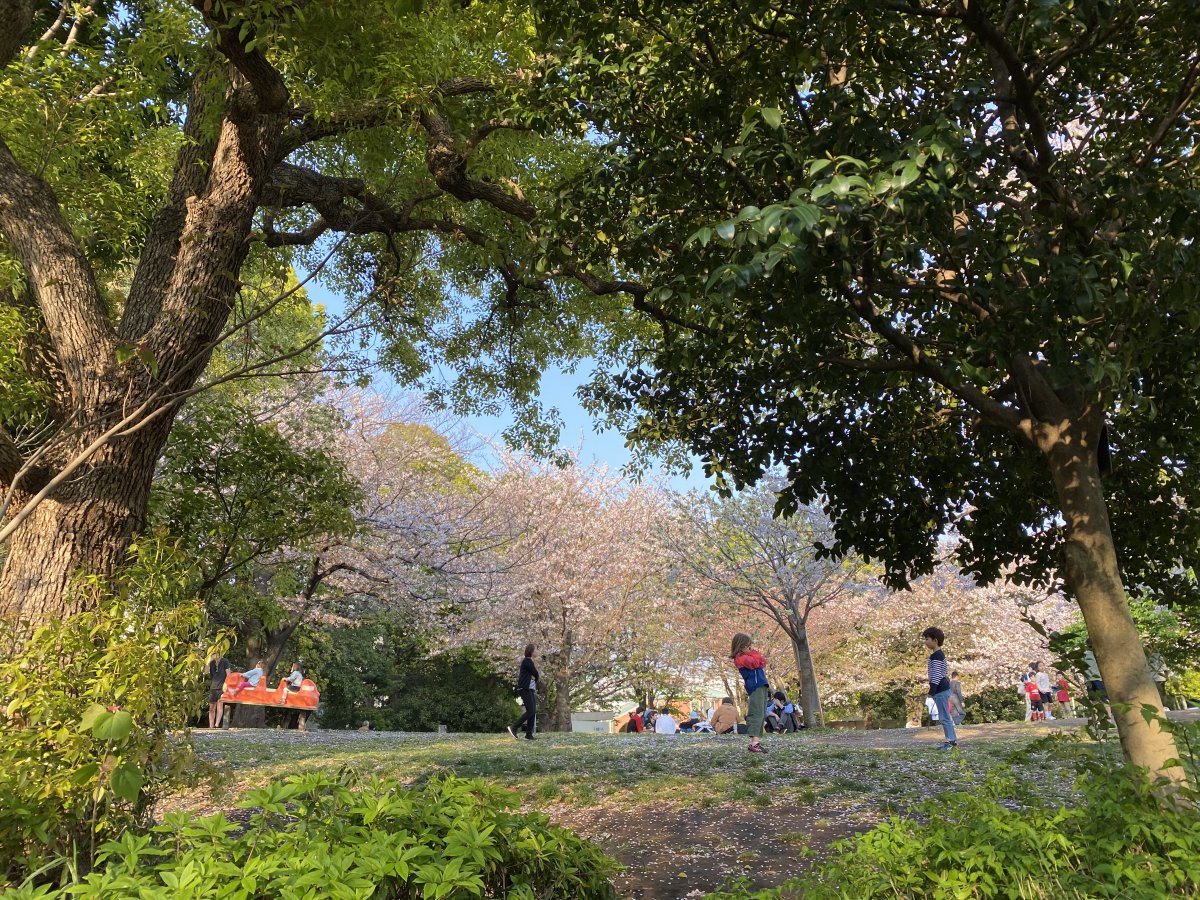
Where to stay?
This central place at the heart of Tokyo is home to many different hotels,
- The Westin Tokyo
A large and comfortable international-class hotel that is also a stop of the limousine airport bus. - Mustard Hotel Shibuya
Located right next to Shibuya Bridge, this is a great option for budget travellers. - Ebisuholic Hotel
Ebisu, Nakameguro and Daikanyama are three popular, trendy districts that can show you yet another sight of Tokyo. No flashy neon-lights, anime-like shops or other typical Tokyo sights in this hipster triangle. Here you can blend in with the Tokyoites, feel more like a local. Stroll along the river, explore the hidden gems in the many small side streets and take a break from the sometimes overwhelming and crowded Tokyo.
Follow us on Instagram or Facebook for more travel inspiration. Or tag us to get featured!
Happy travelling!
This post may contain some affiliate links. When you click through and make a purchase we may receive some commission, at no extra costs to you.
